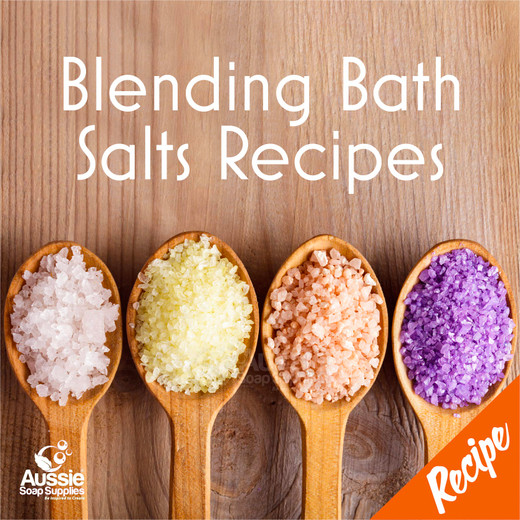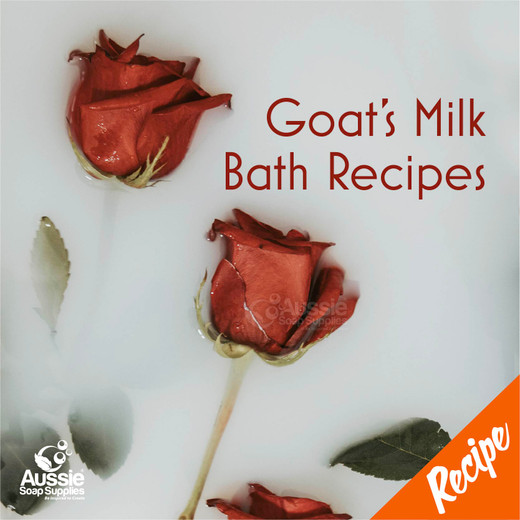
Essential Oil and Fragrance Oil Recipe Suggestions
After numerous requests for blending ideas, we have uploaded some of the blends we have used and worked on over the years. It is a good idea to treat these as a starting point, rather than *perfect recipes* as we all have personal likes and dislikes.
How to Measure Fragrance Blends for Testing
You may like to try the "toothpick method" to test the Scent Blends to avoid wastage. This method simply involves having a store of wooden toothpicks and your fragrances. If a blend calls for, say, 5 parts Lavender and 3 parts Rose, dip 5 toothpicks into the Lavender, and place into a small ziplock bag, or container, and then dip 3 toothpicks into the Rose and place inside the bag with the Lavender ones. After 1/2 hour or so, open the bag and have a sniff. You may find you would like more Rose, so dip another toothpick into the Rose and seal into the bag. Check again and then if you are happy with the blend, you know it is 5 parts Lavender to 4 parts Rose. NOW is the time to actually pour the Essential Oil/s and Fragrance into a glass beaker and blend ready for addition to your product.
We suggest you try the toothpick method with the following blends to check they are to your taste. It is worth noting that many high end Essential Oils/Absolutes are very costly. It is quite acceptable to substitute, for instance, Sensuous Sandalwood or English Rose in place of the real thing. There are also many desirable blendiing notes or fruits that do not yield an essential oil, such as Watermelon, Strawberries and Chocolate. These substitutes do not contribute any therapeutic value to your blend, merely the scent you are seeking to balance your fragrance.
Blending using "Notes" by Karen, "Earth Healer"
Karen retains the sole copyright ownership of her notes, which cannot be re-distributed in any form whatsoever without their express written permission.
Perfumery is an enormous subject on its own, but read the basic tips from "Earth Healer" Karen and then simply browse our Recipes and go for it!
"Earth Healer" Karen's notes on blending is a fabulous aid to easing you into the wonderful world of blending scents:
It is very rewarding (and sometimes frustrating as well!!) to make your own blends and perfumes. You are creating something totally unique and wonderful, that no-one else will have. You will need to consider the aroma notes and ensure that you mix top, middle and base notes in your blend. If you use all top notes your perfume will be like a sprint runner, all out at once, but with a balance of all the notes you have more of a marathon runner - one that will last the distance.
Typical Top notes are: All citrus oils, basil, bergamot, coriander, fennel, lavender (top to middle) lemongrass, peppermint, petitgrain
Typical Middle notes are: Black pepper, clary sage, geranium, ginger, juniper, neroli, palma rosa, peru balsam, rosemary, rosewood
Typical Base notes are: Benzoin, cedarwood, elemi, frankincense, jasmine, oakmoss, patchouli, sandalwood, vetiver
Suggested blending is 50% top notes, 20 - 30% middle notes and 10 - 20% base notes. This will vary depending on which oils and scents you use.
VANILLA SPICE
| MYSTIC ORIENT
| FRESH MORNING
|
Purchase Pure Essential Oils and Artisan Fragrance Oils












